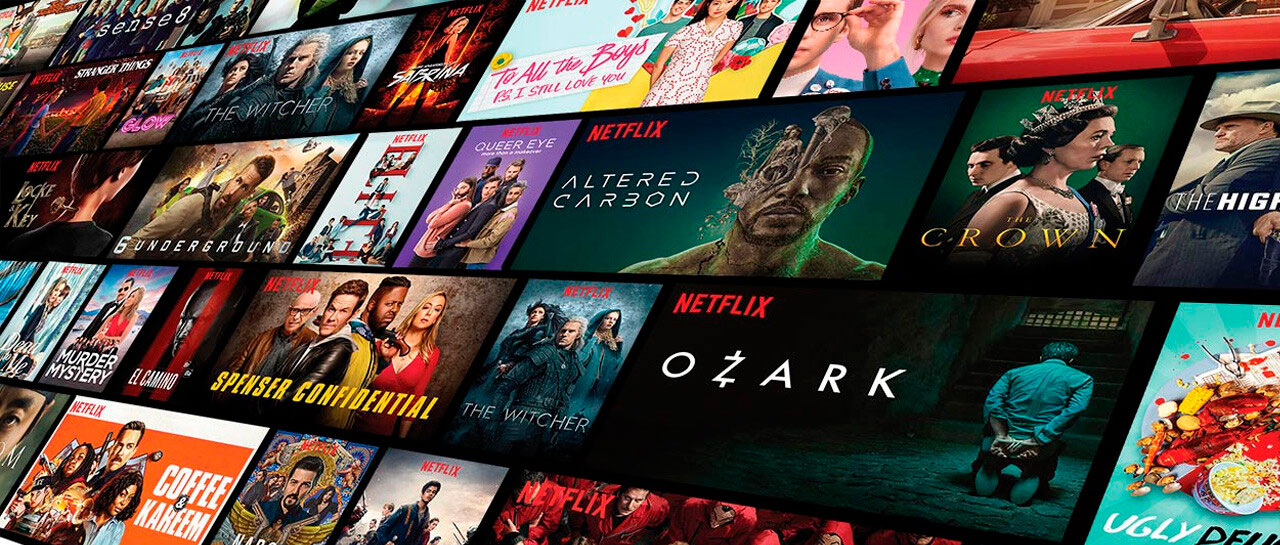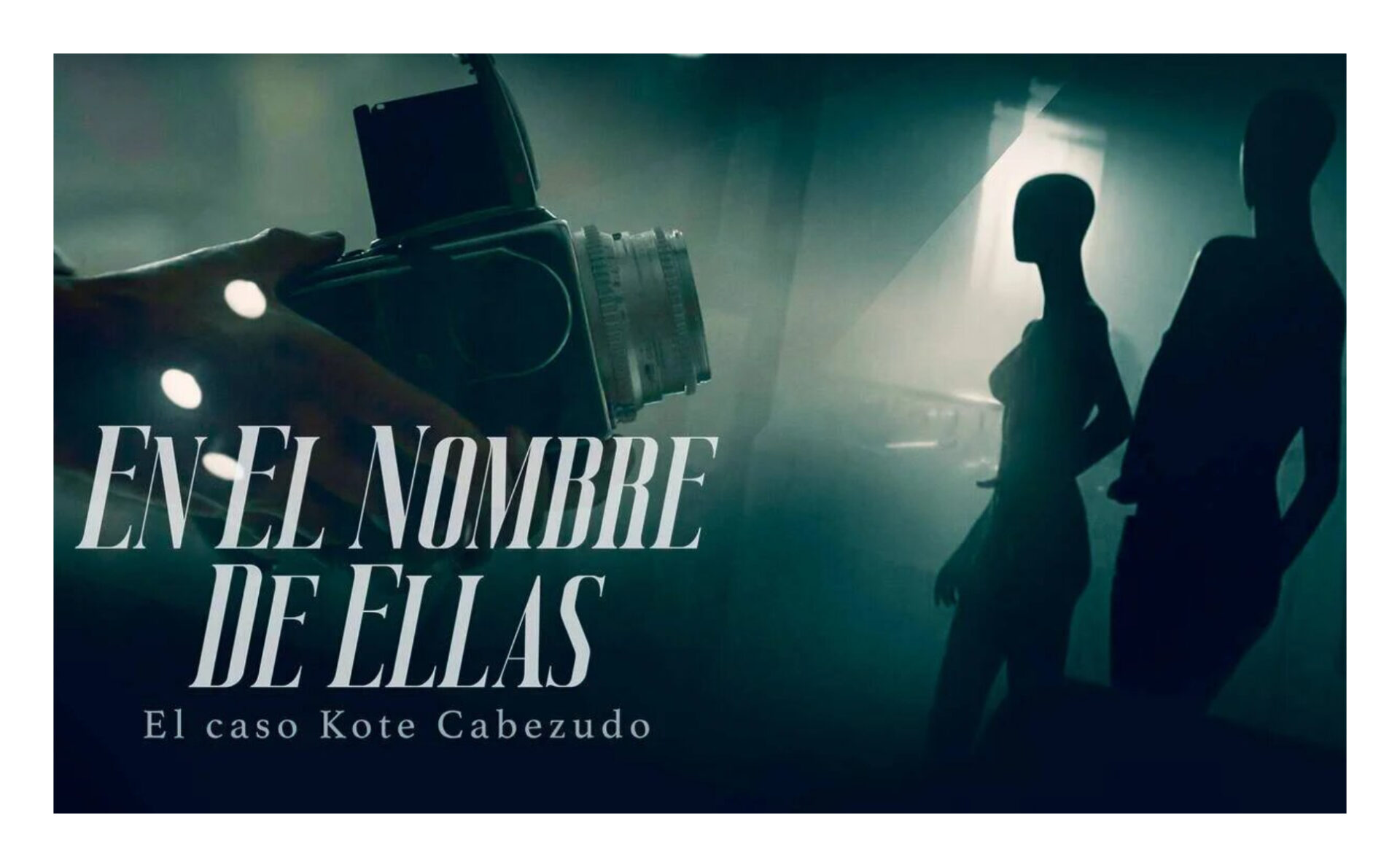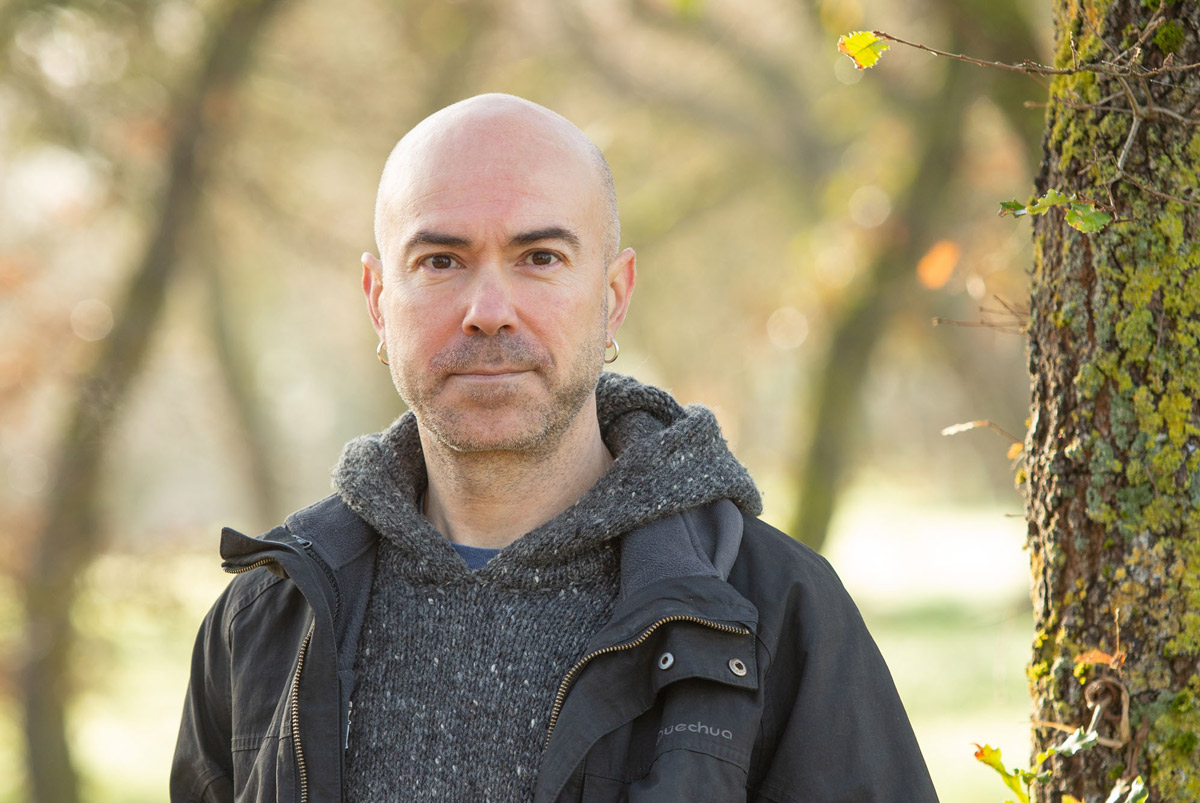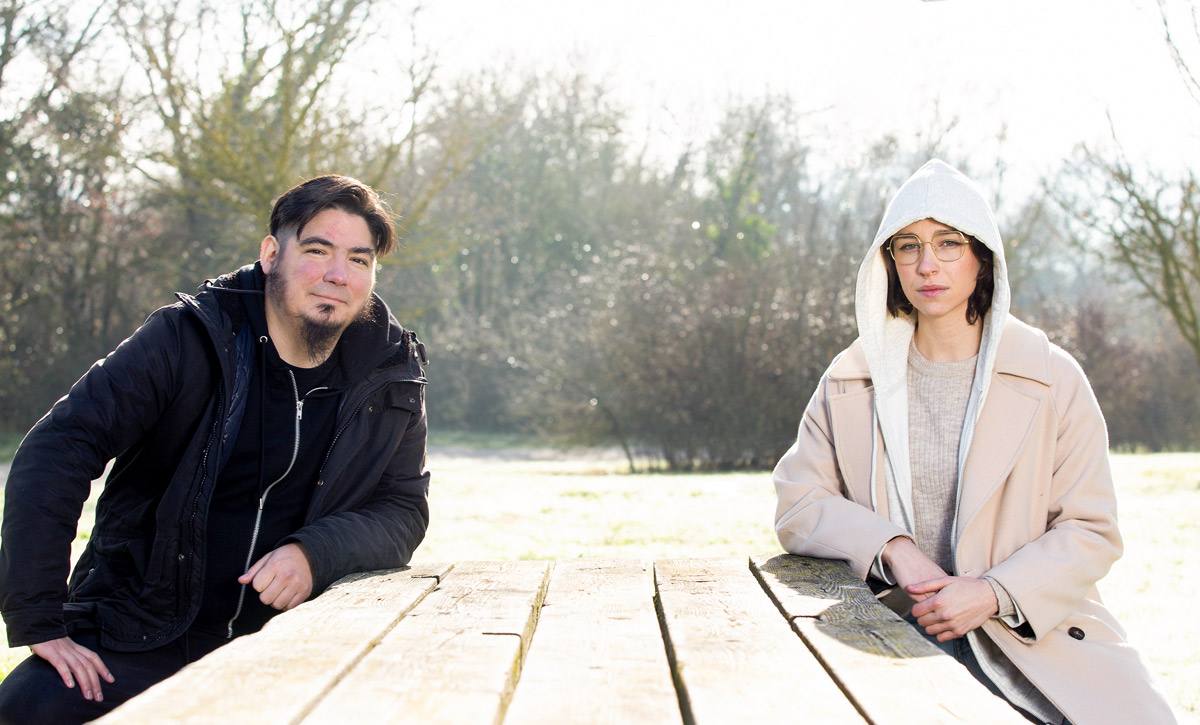Marketing dies with horror films
- “The most terrible horror movie of the year,” “you’re going to have a tremendous fear,” “It premiered in Sitges and caused dizziness,” … with the aim of reaching the hook, every time a production of this kind takes place in recent years, you would realize that they bombard us with these phrases. But not only that, but also the trailers they use are able to put the hairs on the top. But once we released the film and went to the room, didn’t it happen to you to say “it wasn’t so terrible” or “I haven’t had any fear”?
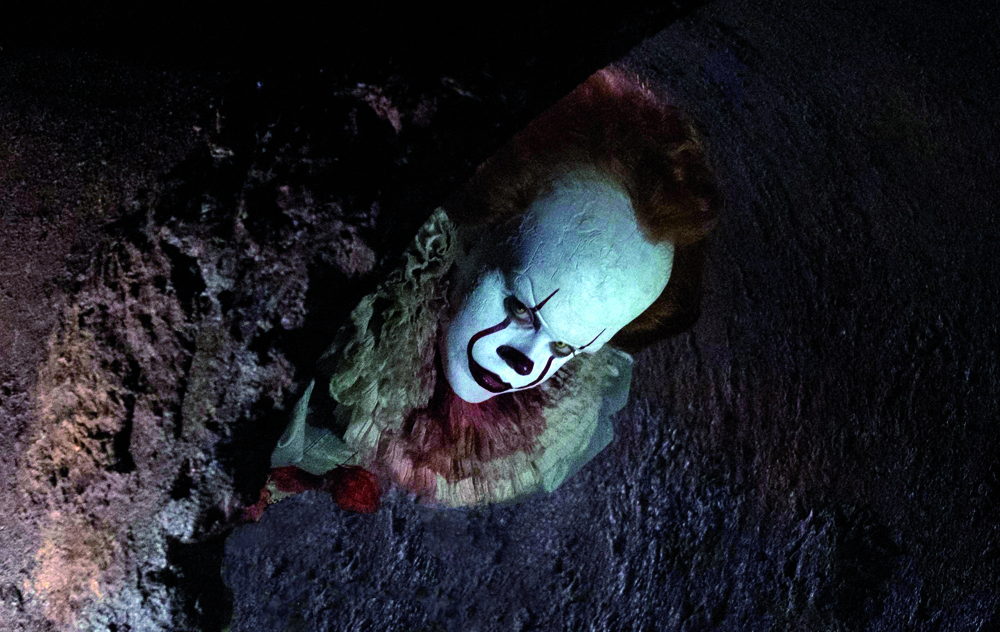
If we start thinking about the films that have created us the most fear in our lives, our brain will surely shrink from 20 to 30 or 40 years. What has happened then along the way? Have we created an immunity to fear or wanted to sell something else?
Fear has been a concept that has been transformed over the years and, above all, in terms of the context of that particular era. Godzilla, for example, was an image created by the fear of a nuclear attack in the time of the Cold War. At first they were monsters, spirits and exorcisms in the 1970s, slasher and serial killers in the 1980s, etc. Gender was in the hand of what was happening in the world, the fear of society materialized, in short, as a fiction. But in that need to sell them, the promotion campaigns began.
It's very easy to create a cheat teaser or design eye-catching posters to attract people,
but then what?
Going back to 2017, and to continue with concrete examples, the three most noisy films this year in this field could be Get out, It Comes at Night and IT. Personally, I have had the same feeling with all three. Interesting movies, some great ones, but the fear part quite weak. Yes, the same strategy that has been used to sell all of them: “The most terrifying film of the year.” Many say the fault is that we're losing our ability to surprise. In a world in which we are increasingly consuming audiovisual content more and more rapidly, especially because every second we swallow all kinds of violent images. Few things today produce amazement and much less fear, of course. But I think there's another aspect that's the biggest culprit: marketing campaigns.
First of all, the tricks they use to promote films seem to me to be fraudsters. When film director Shyamalan premiered The Village and Lady In the water, thousands of viewers left the movie theaters amid a great cholera. But the blame was not on the director, but on the total absence of the monsters and sustenances promised to them in the trailers. That frustration, for example, that many felt last year with the great The Witch. It's very easy to create a cheat teaser or design eye-catching posters to attract people, but then what? In the long term it is something that gets rid of. If you don’t sell “tears” to sell dramatic gender films, why are there scares with terror?
And on the other hand, effectism in mercury. Among the creators of recent years there is a bad trend. This year’s IT is something that is very clear in the film. At times of maximum tension, they introduce a very strong sound followed by a sharp cut. Attention to the viewer! After two seconds there is a scare,” he says, he raises the volume 100% and pun! It was terrible. What they get is that we get out of the bank, but what we feel is nothing more than manipulated artificial terror. These blows frighten us, they cause a little panic, but we're not afraid, let alone.
The film 'The Blair witch project' invented in 1999 how to promote the film in another
way: it can remain a
good model
Anyway, I would like to mention the movie The Blair witch project to end with a positive thought. In the field of marketing, it can be the best model to see how to do things. The website www.blairwitch.com did not refer to the film or was created to promote it, for example. And there's the big difference between what you do with today's Hollywood horror movies: the web, in that case, was part of the movie. The narration left the screen of the movie theater and knew how to surround the viewer, becoming a victim of an accomplice dive, before entering the room, but above all when leaving. The fear went out with the viewer and lasted all week in the brain. With minimal economic investment, everyone managed to talk about this film. They offered what they sold, whether they liked it or not, whether they believed it or not. Let's also think about the prowess it had, because in 1999 platforms like Facebook, Twitter and YouTube didn't exist.
Therefore, obviously, if these negative trends are not eliminated and honest campaigns are not created that coincide with what we are going to see, I believe that in the long run, they are being killed with horror films.
Martxotik Frantziako Netflix plataforman euskarazko audio eta azpitituluetako filmak ikusgai dira.
Hizkuntza gutxituak eta eta Frantziako zine-sistema hartu ditu ikergai Graxi Irigarai baigorriarrak bere tesian. Abenduan aurkeztu zuen bere ikerketa, eta ordutik hamaika mintzaldi eskaini ditu. Oro har, Euskal Zinemak Ipar Euskal Herrian dituen zailtasun eta oztopoak eman ditu... [+]
Euskaraz azpititulatutako edo bikoiztutako 70 ikusentzunezko eskainiko ditu 2022 urte bukaerarako plataforma estatubatuarrak. Eusko Jaurlaritzako Kultura eta Hizkuntz Politika sailak hainbat bilera egin ditu Netflixekin, baina plataformaren hitzetan, berak finantzatuko du ekimen... [+]
Gertatuko zitzaizuen: leku guztietan sekulakoa balitz bezala iragarri duten pelikula edo telesaila ikusi ondoren, frustrazio pixka batekin, “ez zen hainbesterako” esaten bukatu duzue. Eta azkenaldian inoiz baino gehiagotan gertatzen zaizue. Lasai, ez zaudete seko... [+]
Netflix, Amazon, Disney Plus eta Apple TV Plusek akordio luze bat sinatu zuten ostegunean Frantziako ikus-entzunezko agintaritzarekin (CSA), euren urteko diru-sarreren %20 Frantziako edukietan inbertitzeko. CSAk espero du inbertsioa 250 milioi € eta 300 milioi... [+]












